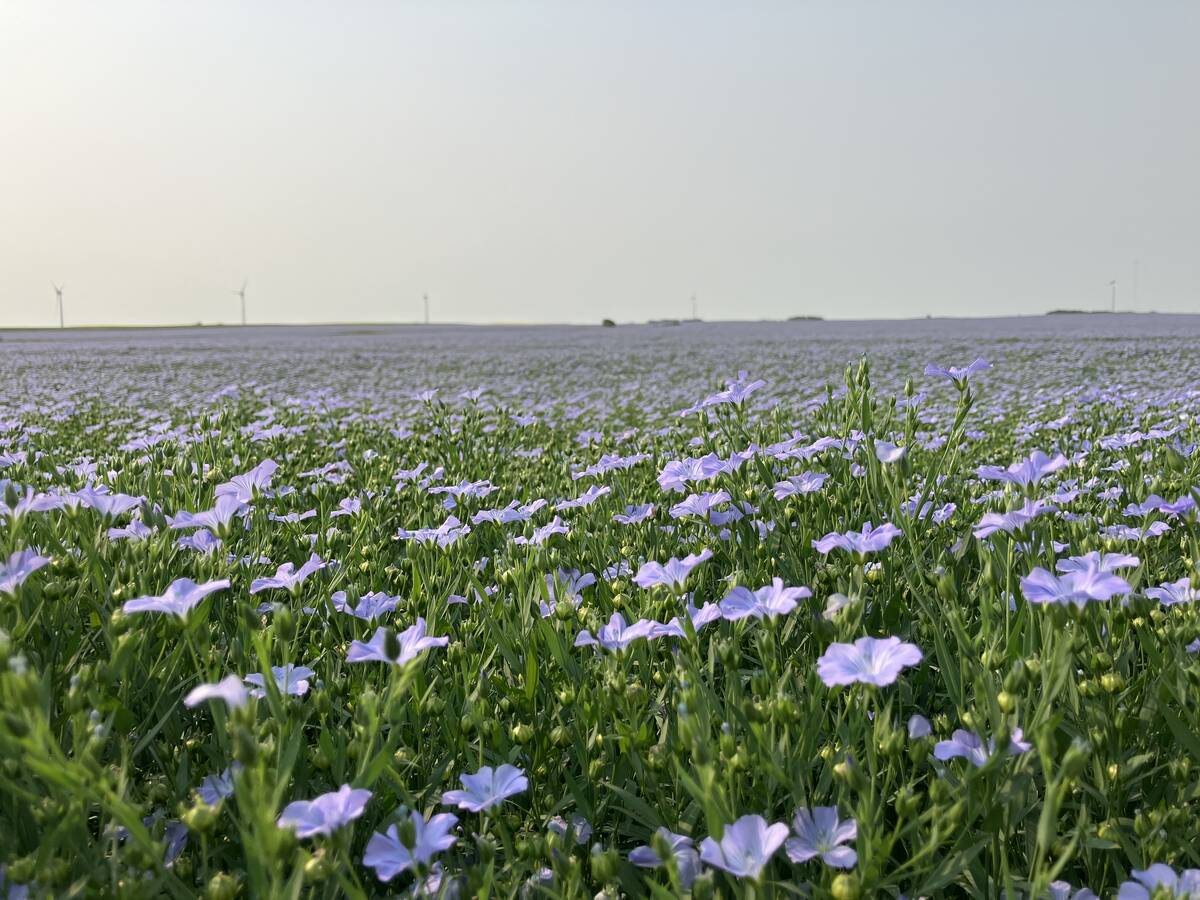Statistics Canada’s November production report and the U.S. Department of Agriculture’s supply and demand report last week confirmed that there is lots of grain around this year, although in Canada’s case, the quality is poor.
While neither report ignited the grain markets, they provided more detail about how the world’s crops have developed and what we might see in coming months.
As we reported this fall, some regions in Australia suffered yield-robbing drought. There were also problems with locusts, but a concentrated spraying program limited the damage.
Read Also

Huge Black Sea flax crop to provide stiff competition
Russia and Kazakhstan harvested huge flax crops and will be providing stiff competition in China and the EU.
Putting numbers to that news, the USDA sliced one million tonnes from its Australian wheat production estimate, putting it at 21.5 million tonnes.
Ironically, torrential rains hit parts of Australia last week – New South Wales, Victoria and South Australia – halting harvest and degrading crop quality, but there is no detail yet on how widespread the problem is.
The drop in Australian production was more than made up in increased wheat production estimates for Canada and the European Union.
The good production weather in the EU carried on into this fall when the planting of winter grain and oilseeds progressed well. In addition, crop emergence and development has occurred under mostly beneficial weather and farmers there should also be in good shape at the onset of winter, the USDA reported.
North Africa, an important market for Canadian durum sales, had a good production year and the early outlook is good for next year, according to the Canadian Wheat Board.
This autumn, Algeria and Tunisia had better than average moisture that established fall seeded crops, but then a hot dry trend followed, stressing seedlings.
Morocco started out with about average moisture, followed by recent widespread rain that favoured winter grain germination.
To the east, fall-seeded crops in Russia, Ukraine and Kazakhstan are entering dormancy in generally good condition with good soil moisture.
No significant problems are reported in Brazil where the USDA forecasts a record 64.5 million tonne soybean crop.
The department expects neighbouring Argentina will produce a record 39 million tonnes of soybeans. There were reports of rain causing flooding in a northern province last week, but usually floods, while catastrophic in the immediate area, do not cause a general production decline. The crop area damaged is more than offset by improved production in adjacent areas where the rain was more moderate.
Taken together, all this information indicates sadly that there is still no reason to expect sustained rallies in grain prices.
















